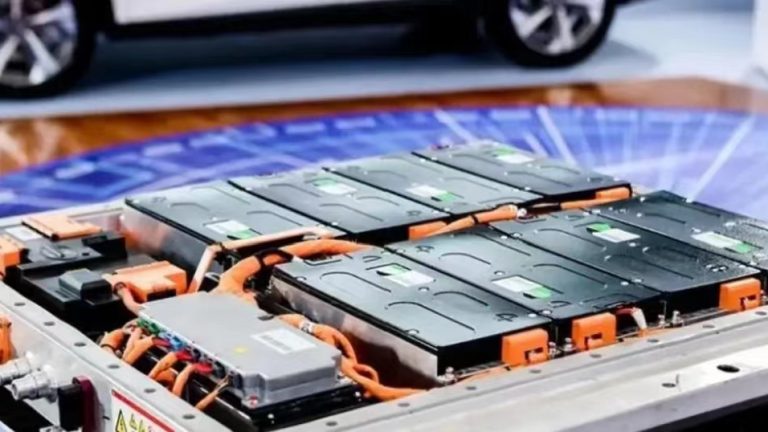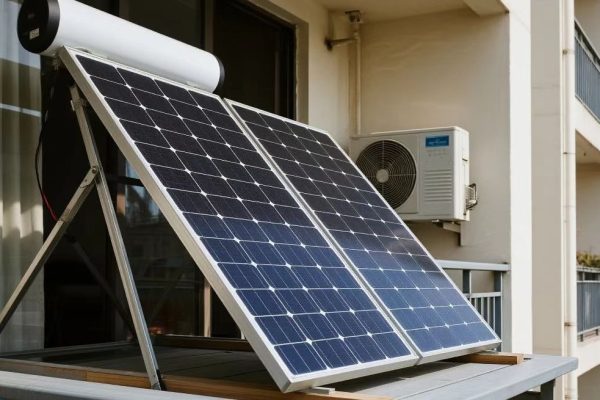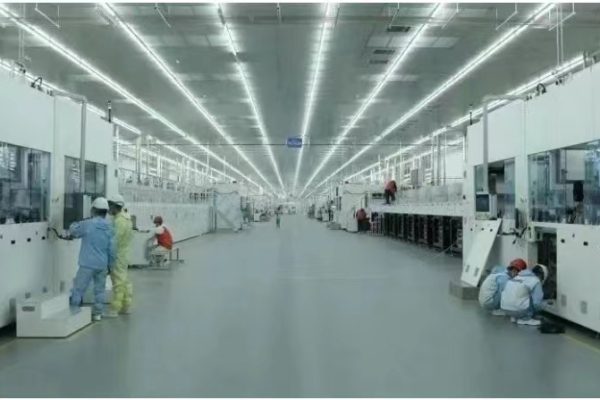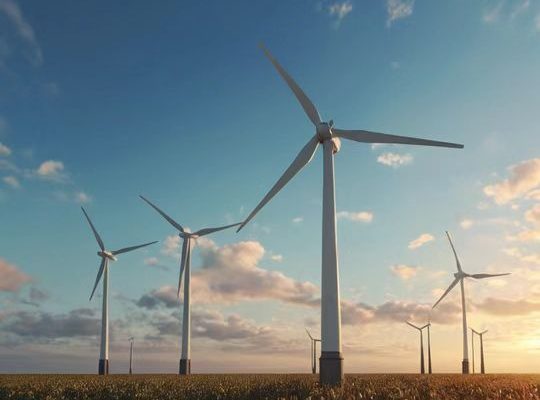Avoid Undersizing in Real-World Scenarios with Air Conditioners, Pumps, and Compressors
The “Peak Problem” Most System Buyers Ignore
When designing or procuring a solar + storage system, it’s common to calculate inverter size based on average daily load — 3kWh, 5kWh, maybe 10kWh per day.
But average use is not the problem. Peaks are.
Air conditioners, water pumps, fridges, and even small compressors can cause short, high-current startup surges that stress inverters beyond their rated capacity.
If you ignore these spikes, the inverter may trip, shut down, or fail prematurely — even when the battery or solar system still has plenty of energy available.
So how do you size for them — without overpaying for an oversized inverter?
1. Understanding Load Profiles: More Than Just kWh
Many first-time system buyers think in terms of energy:
“I consume about 7kWh per day, so a 5kW inverter with a 10kWh battery should be fine.”
But energy (kWh) is different from power (kW):
| Metric | Meaning | Why It Matters |
|---|---|---|
| kWh | Total energy consumed over time | For sizing batteries & PV |
| kW (or W) | Instantaneous power draw | For sizing inverters |
| Peak Watt | Short bursts of high power (1–3 seconds) | For startup loads |
A 2HP air conditioner may have a rated draw of 1.5kW but spike to 3–4kW at startup.
If your inverter is rated only 2kW, it will either:
- Shut off (to protect itself)
- Enter overload protection mode
- Or allow the load, then overheat over time
Sizing must be based on peak needs, not just average.
2. Common Loads That Cause Power Spikes
Here’s a list of common devices that can cause inrush current or spike loads:
| Appliance | Normal Running Load | Startup / Spike Load |
|---|---|---|
| Refrigerator (300L) | ~150W | Up to 600–800W (motor surge) |
| Air Conditioner (1.5HP) | ~1.5kW | Up to 3–4kW spike |
| Water Pump (0.75kW) | ~750W | ~1.5–2.2kW surge |
| Washing Machine | ~500–700W | 2–3× surge when motor starts |
| Freezer Chest | ~100W | 500–600W spike |
| Small Power Tools | 500–1000W | Up to 2–2.5kW surge |
These loads often spike for 0.5 to 3 seconds — not long, but long enough to trip protection circuits in undersized inverters.
3. Key Inverter Specs You Should Understand
Not all 5kW inverters are equal. When evaluating inverter specs for spiky loads, focus on:
| Inverter Spec | What It Means |
|---|---|
| Rated Output Power | The continuous power it can handle (e.g., 5kW) |
| Surge Power | The short-duration peak it can support (e.g., 2× for 5 sec) |
| Overload Tolerance | Ability to handle overdraw without shutdown |
| AC Bypass / Grid Assist | Whether the grid can carry spikes if inverter is small |
Some high-quality hybrid inverters can handle 1.5× to 2× their rated power for 5–10 seconds — crucial for handling startup surges.
4. Step-by-Step: How to Size Inverter with Peak Loads
✅ Step 1: List All Loads
Identify all devices that may run simultaneously, and note both their rated and potential startup draws.
Example:
| Appliance | Rated Power | Startup Surge |
|---|---|---|
| Fridge | 150W | 800W |
| Air Conditioner | 1.5kW | 3.5kW |
| Water Pump | 0.75kW | 1.8kW |
| LED Lighting | 200W | – |
| Router + TV | 150W | – |
Total Running Load: ~2.75kW
Worst-Case Simultaneous Surge: 5.5–6kW
✅ Step 2: Check Surge Tolerance of Candidate Inverters
Look for inverter models that offer:
- Surge rating of 2× rated output for 5 seconds
- Fast-switching MOSFET or IGBT design
- Good THD (<3%) under surge
- Effective BMS or EMS integration for overload response
✅ Step 3: Apply a 20–30% Safety Margin
If your worst-case spike is 6kW, a 5kW inverter with 2× surge (10kW) is ideal.
But if using an inverter with only 1.5× surge, you may need to go up to 6kW rated size.
Also consider future appliances — will the owner add a second pump, bigger fridge, or EV charger later?
It’s safer to oversize slightly — especially in off-grid setups.
5. Special Considerations for Off-Grid and Hybrid Systems
In off-grid setups, the inverter is the only source of AC power — no backup from the grid.
So it must:
- Handle every spike and sustained load
- Switch between charging and discharging instantly
- Maintain voltage stability under dynamic loads
That’s why:
- Surge capacity is more important off-grid
- Pure sine wave output is critical for inductive loads
- Parallel inverter support may offer a solution (see below)
6. When to Use Parallel Inverters
In cases where a single inverter cannot handle the expected surge (or redundancy is needed), consider a parallel setup.
Example:
- Two 5kW hybrid inverters
- Shared load, shared battery bank
- Configured with master/slave or parallel logic
This allows:
- Better load sharing during spikes
- Redundancy if one inverter fails
- Easier scaling in small commercial projects
Note: Parallel inverters must be communication-compatible (CAN, RS485) and use identical firmware. Proper load balancing and wiring are essential.
7. Bonus Tip: Use Soft-Start Devices or Sequenced Load Activation
Sometimes, the answer isn’t a bigger inverter — it’s smarter load control.
Options include:
- Soft-start relays or VFDs on pumps and compressors
- Smart load sequencing via EMS: stagger appliance startup by 5–10 seconds
- Load-priority configuration in hybrid inverter settings
These measures reduce the chance of multiple devices spiking at the same time, allowing a smaller inverter to survive spikes effectively.
Real-World Example: Villa Project in Coastal Vietnam
A solar installer was designing a 10kWh battery + hybrid inverter system for a villa with:
- 1 AC unit
- 1 refrigerator
- 1 well pump
- 10 lights
- 1 smart TV
Client insisted a 3.5kW inverter would be enough based on daily energy.
But field load testing showed:
- AC + pump startup = 5kW momentary draw
- The 3.5kW inverter tripped during parallel start
Solution:
- Upgraded to 5kW inverter with 2× surge (10kW)
- Configured AC and pump start delay via EMS
- Result: Stable power, no shutdowns
Don’t Let Peak Spikes Undermine a Good System
A beautifully designed solar + battery system can be ruined by one thing:
An undersized inverter that fails under startup load.
To avoid that:
- Understand which loads spike and by how much
- Choose inverters with generous and well-documented surge capacity
- Apply a margin of safety in both power and duration
- Use control tools when necessary to reduce concurrent spikes
With the right sizing logic, your system will run smoother, last longer, and avoid the most frustrating type of failure: one that was preventable from the start.









